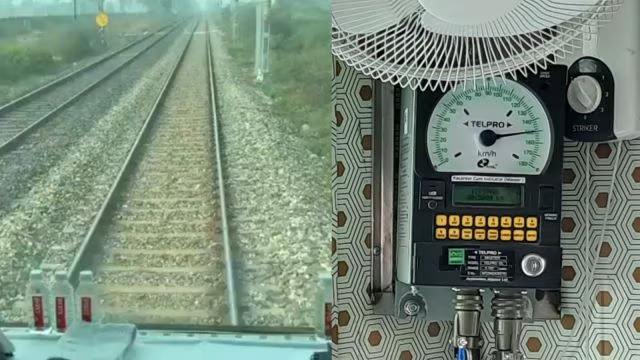A recent study has unveiled the alarming state of soil erosion across India, shedding light on significant challenges and implications for agricultural productivity and environmental sustainability. Utilizing the Revised Universal Soil Loss Equation (RUSLE), researchers estimated soil erosion pan-India, considering factors like predicted crop loss, rainfall, soil erodibility, and land management practices.
Key Highlights
- Extent of Erosion: The study indicates that 30% of India's landmass is experiencing "minor" soil erosion, with 3% facing "catastrophic" topsoil loss.
- Hotspots: The Brahmaputra Valley in Assam emerges as the nation's biggest hotspot for soil erosion, while Odisha is highlighted as another hotspot for "catastrophic" erosion due to anthropogenic interventions.
- Definition: "Catastrophic" erosion is defined as over 100 tonnes of soil lost per hectare annually.
Status of Soil Erosion
Soil erosion, the process of soil displacement, can occur at varying rates due to natural causes like wind, water, and glaciers, as well as human-induced factors such as deforestation, poor agricultural practices, overgrazing, and construction activities. Around 30% of India's soil is degraded, with challenges including low organic carbon content, nutrient deficiencies, water management issues, and socioeconomic factors like land fragmentation.

Government Initiatives

The Indian government has launched several initiatives under the National Mission for Sustainable Agriculture (NMSA) to address soil conservation:
- Soil Health Card Scheme: Providing farmers with information on soil health parameters.
- Paramparagat Krishi Vikas Yojana (PKVY): Promoting organic farming to improve soil health.
- Neem Coating of Urea: Slowing down urea release to reduce wastage and improve soil health.
- Nutrient Based Subsidy (NBS) Scheme: Subsidizing essential nutrients to encourage balanced fertiliser use.
Measures for Soil Conservation
To prevent soil erosion and enhance soil health, measures like biochar and biofertilizers, drone technology for precision agriculture, and regenerative agriculture practices are recommended. These strategies aim to minimize soil disturbance, improve nutrient retention, and promote sustainable farming practices.
The study underscores the urgent need for comprehensive soil conservation efforts to safeguard agricultural productivity and environmental sustainability in India.















